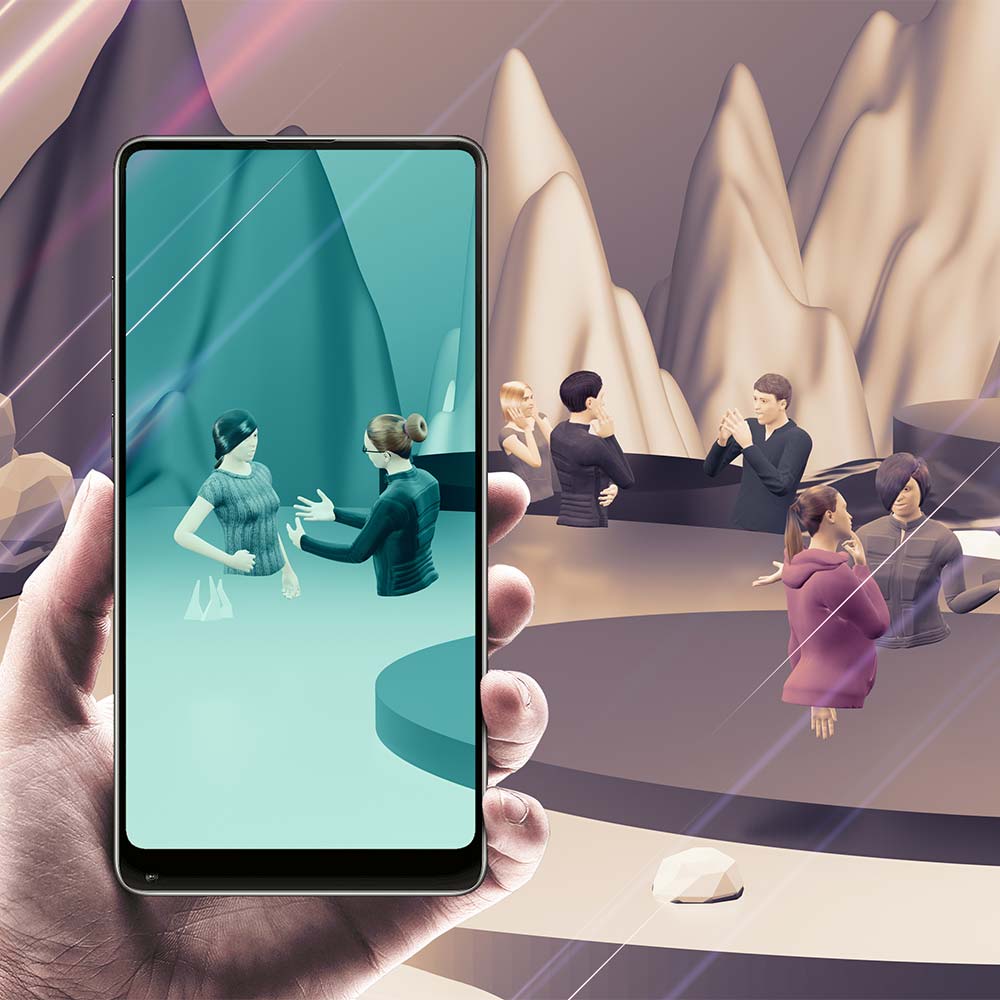Looking into The Future of Work in the Metaverse

Picture 150,000 new employees on their first day on the job, gathered on a single campus. This was the experiment of a well-known American consulting firm in early 2022. Of course, the campus was in the metaverse. The company provided virtual reality headsets for the staff, who could also access the digital twins of the multinational’s offices in various countries, from Spain to Bangladesh.
It was indeed a “light” experience, as they have not continued to work in the metaverse on an ongoing basis. Still, it showed the possibilities of the metaverse as the future of work. In fact, Bloomberg predicts that more than twenty-four million jobs will be created in the metaverse by 2030.
In this article, you can read about the professional impact of the metaverse in these areas:
Virtual, physical, or hybrid? Ways of working in the metaverse
If the pandemic has shown anything, it is that the work of the future will be more flexible and that remote working is here to stay, one way or another. However, a growing consensus among HR departments and consulting firms is that physical presence and “real reality” interactions will remain crucial. Far from killing off face-to-face work, the metaverse will multiply the available options.
Thanks to technologies such as mixed or virtual reality, it will be possible to work in the metaverse from home but also from a physical office where, after a virtual session, it will be feasible to meet face-to-face or work collaboratively.
In turn, an employee can be present at a face-to-face meeting in an office with mixed reality glasses in which virtual objects are observed in the physical environment. For example, examining a 3D prototype. You can then switch from mixed reality to virtual reality without changing devices. This is the hardware approach developed by Meta in the Cambria project. Meta’s glasses combine mixed reality and virtual reality, which can be swapped as needed.
Jobs of the future in the metaverse
The recent announcement of the opening of the first Meta Lab in Spain dedicated to the metaverse with more than two thousand jobs already hinted at the creation of a new economy. While it could play out in many ways, there is a strong commitment from Meta and other players such as Microsoft. So much so that the first CMOs or Chief Metaverse Officers are already being appointed in various multinationals.
The “plumbing” of the metaverse requires programmers, usability and user interface designers, and manufacturers of immersive hardware such as virtual reality headsets or mixed reality glasses. Activities based on blockchain technology, with applications such as NFTs or smart contracts, will underpin transactions in the metaverse.

But the metaverse will also generate new ecosystems and business models. Many of them will be the translation of activities from the physical to the virtual world. An example would be the auction house Sotheby’s, which has already opened a branch in Decentraland. Or by adapting activities that already exist on the Internet, such as e-commerce. In parallel, new professional profiles such as these will be created:
- Avatar fashion designers. Companies such as Nike or Gucci are already launching footwear and garments with NFT certificates that can be used in the metaverse. Who knows if soon there will also be virtual shopping assistants.
- Event organizers in the metaverse. One of the biggest concerts in history was given by rapper Travis Scott. It brought together 12.3 million spectators in Fortnite. Well, someone will have to organize those shows.
- Architects of the metaverse. They will be the designers of buildings and virtual objects.
- Privacy and security officers. Just as in physical reality there are security guards and police officers, in the metaverse there will be specialists preventing identity theft or the leaking of private data.
- Content developers. Just as blogs did not exist before the Internet, new opportunities will exist to create content that combines audiovisual and interactive aspects. And who knows, maybe even haptic, i.e., with stimulation of the physical senses, such as vibrating suits.
- Artists in the metaverse. Closely linked to content creators will also be artistic creators who can exhibit and sell digital art with NFT certificates or carry out performative art actions.
As with any disruptive technology, many of the job applications of the metaverse are still inconceivable from today’s perspective. So this list is sure to grow. Just in case, start thinking about your avatar’s dress code for your next virtual interview.
A new opportunity for the elderly or people with disabilities
We have already talked on numerous occasions about wearable technology to improve the quality of life of people with disabilities. A recent example is this device that allows quadriplegics to move and communicate. Well, the arrival of the metaverse promises to open even more opportunities for people with reduced mobility or psychomotor issues.
Thanks to the use of avatars, they will be able to move freely in the metaverse environments and interact socially and professionally with other users. And not only that, hardware devices such as glasses or hearing systems will improve the sensory capabilities of people with visual or hearing impairments.
Ageism is becoming an increasingly prevalent form of discrimination in the fast-paced work environment of our time. It is also a loss of talent and experience. However, work in the metaverse promises to offer more opportunities for older people. Consider veteran teachers making the leap to virtual classrooms or medical specialists offering remote consultations through avatars.
Want to learn more about what work will be like in the future? Then check out this article on the new offices and workspaces of the coming years.
Source:

